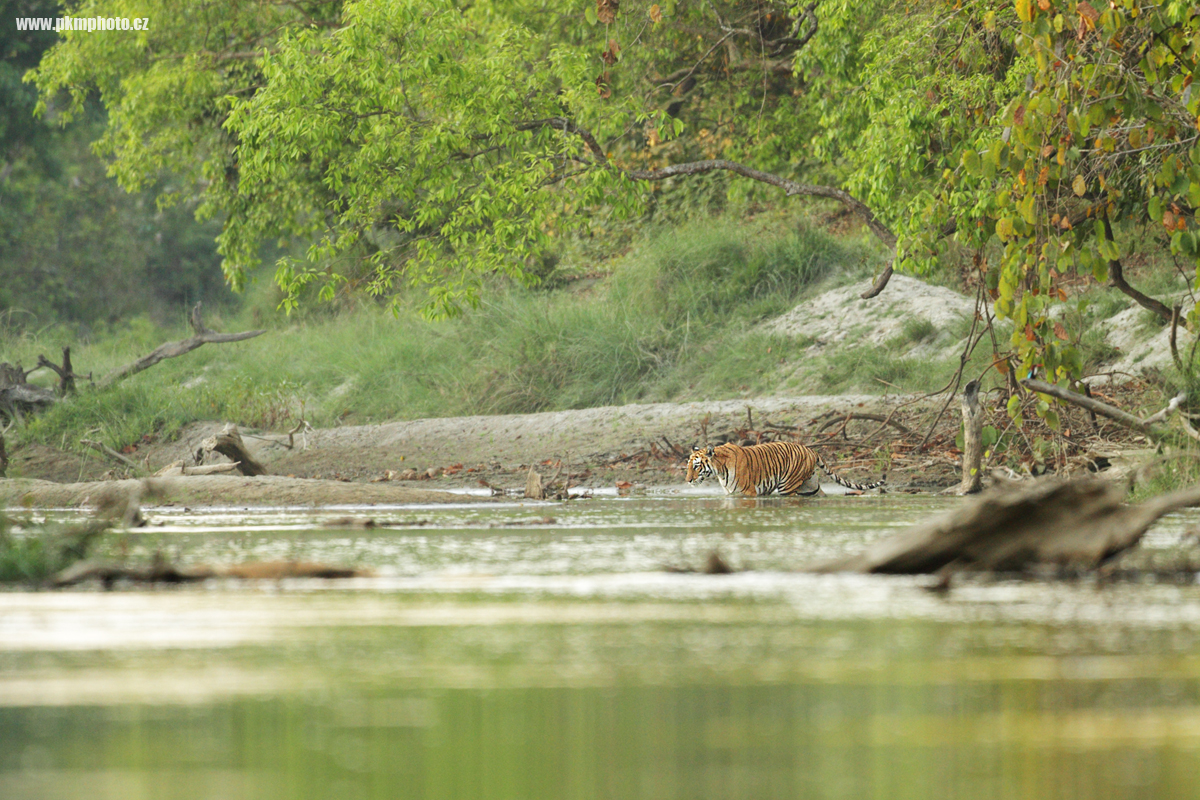
In my childhood I really loved adventurous books taking place in Indian subcontinent, stories about man-eating tigers, poisonous snakes and giant elephants. I have never thought I’d be able to see places like that. The reality is, of course, a bit different than what we can read in the books 🙂
Although Nepal is famous for its mountains – Himalayas, also a (sub) tropical jungle can be found here. From eight thousands meters above the sea level you can go down to around 150 meter in the south. I and my friend Jan Broz visited Bardia National Park. The park is quite famous for its population of big mammals – tigers, rhinos, and Bengal tigers. The advantage is also a distance from the capital city Kathmandu, so not so many tourists can be met here.
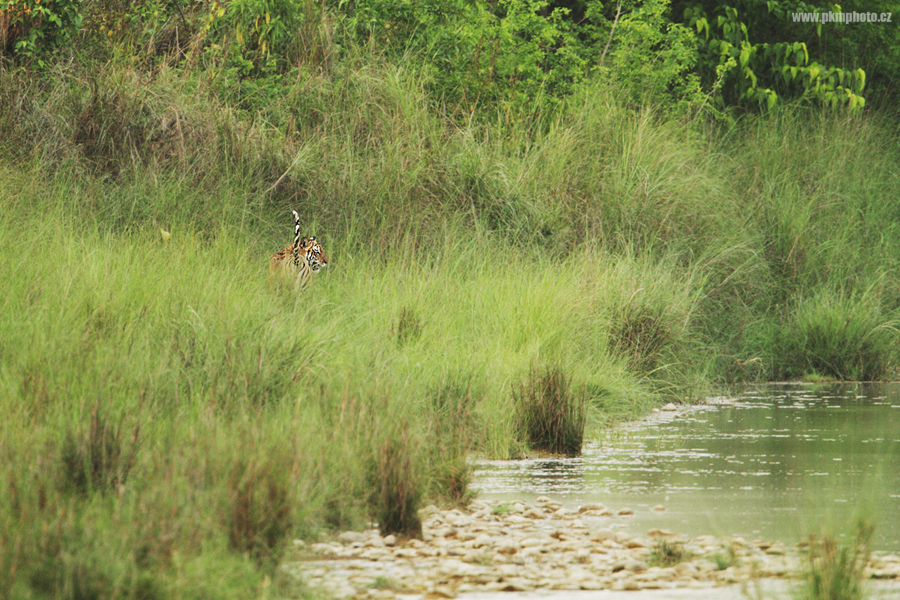
The park covers a bit less than one thousands of square kilometers and it is a former royal hunting reserve. When the park was established, the government transferred all the people living here outside the park, so the wildlife can live and prosper there “undisturbed”.
Similar to other places with endangered animals live also here are some problems with poachers. Because of that the park is heavily protected by the Nepalese army, the main camp is at the park entrance and there are also a couple of check-points in the park. Pretty interesting experience when you see a guy with the heavy machine gun in the middle of the park 🙂
Being a soldier in the park is definitely a fun. Except tracking poachers and protecting animals they also protect themselves against the animals. During our stay a herd of about thirty elephants entered the military based and damaged it a bit.
The park can be visited with a guide only but a visitor does not need to stay in the jeep for the whole visit. That’s probably the biggest advantage of this park.
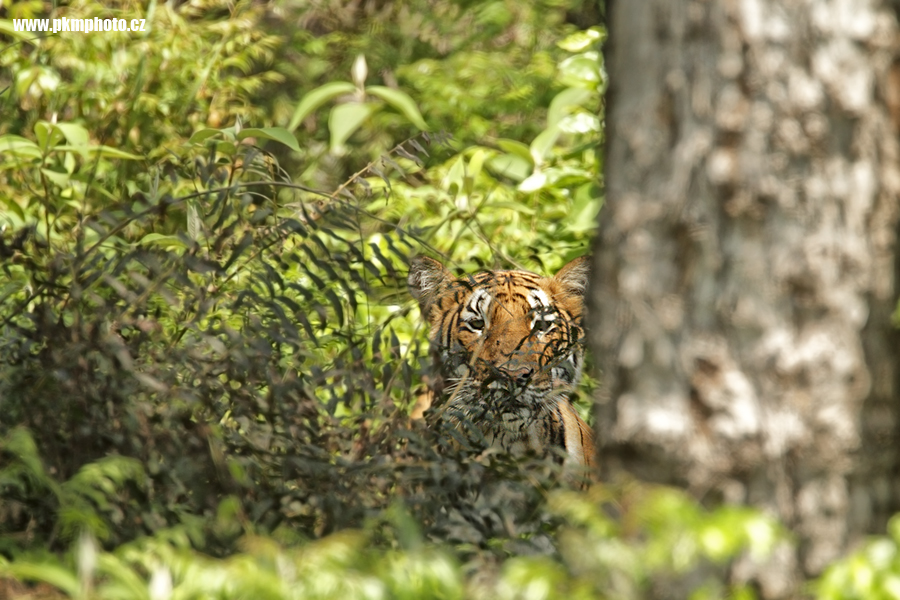
Bengal tiger is probably the most famous animal living here. This beautiful big cat for sure deserves its popularity (and also a protection). Tigers are territorial animals; female area can be about 50 square kilometers, males territory is usually a much bigger.
Together in Nepal there are about 200 tigers in both Bardia and Chitwan parks. The total population in the world is about 2500 of animals.
Unfortunately, I heard that these numbers are highly overstated, especially in India. I don’t know if it’s true or not but hope no.
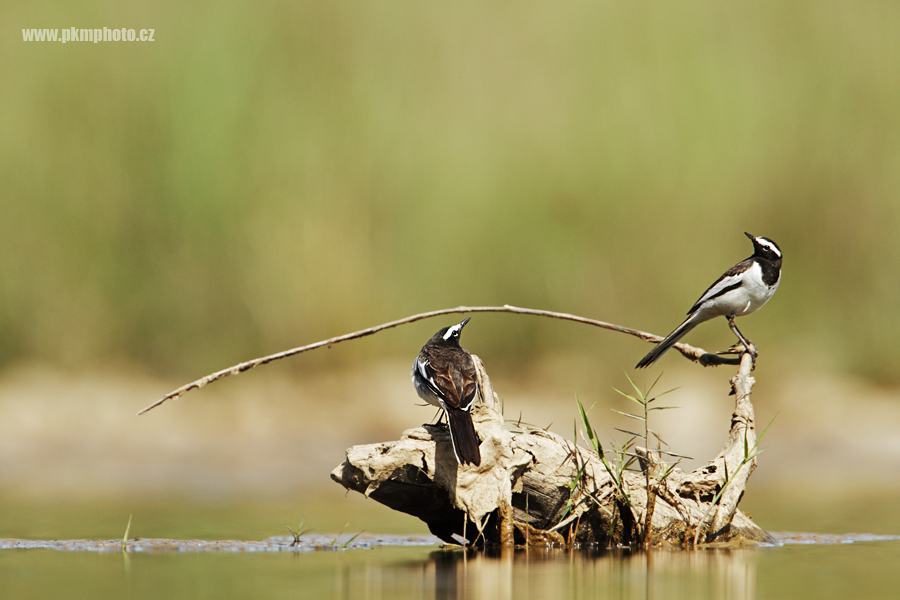
If it is 2500 or less I think heavy protection is really a key for this species to survive. Although there are some political problems in Nepal, it really looks that they are taking care of the wildlife and numbers of animals are slowly growing.
We met a tiger a couple of times. It was always very very strong experience. The tiger is very shy and cautious and stay hidden when he\she wanted not to be seen. We saw tiger’s footprints many times, something they were also at the top of our own footprints, so the tiger went same path maybe just a few minutes after us 🙂
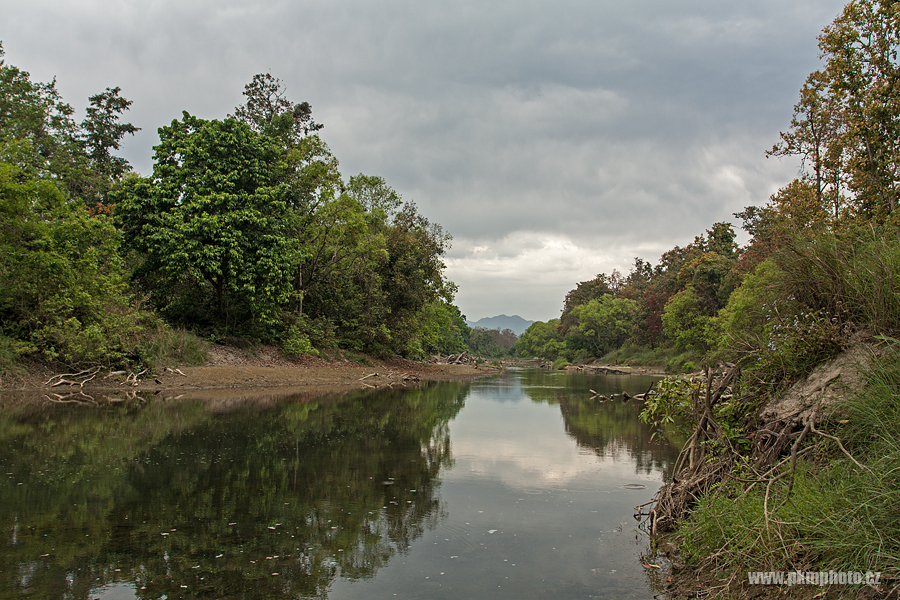
Biodiversity of the park is really amazing. Already the very first evening waiting at the river bank we saw deer grazing around, mating peacocks just a few meters from them, in the water resting 4 rhinos and at the far end also a tiger! Not talking about birds and insects flying around. It is really a paradise for a wildlife watcher with binoculars.
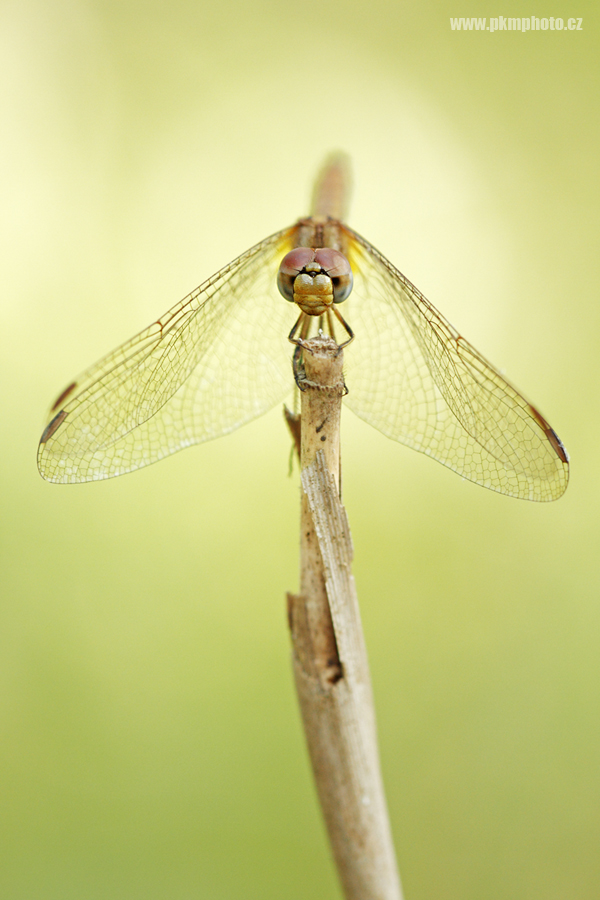
For a photographer it is a bit more difficult. Animals are quite shy, so you can forget about making a tiger portrait from two meters or so.

During our visits in the park we used a jeep but also spent some days just walking. Fortunately, you don’t need to stay in the jeep for the whole visit as in the Indian parks for example. Obviously, in the jeep the chance you spot something (big mammals, monkeys) is higher but when walking you can see many others – more birds, insect and so on.
A many times a contact with animal was just for a second or two. We met very rare and shy leopard, saw king cobra for a five seconds 🙂
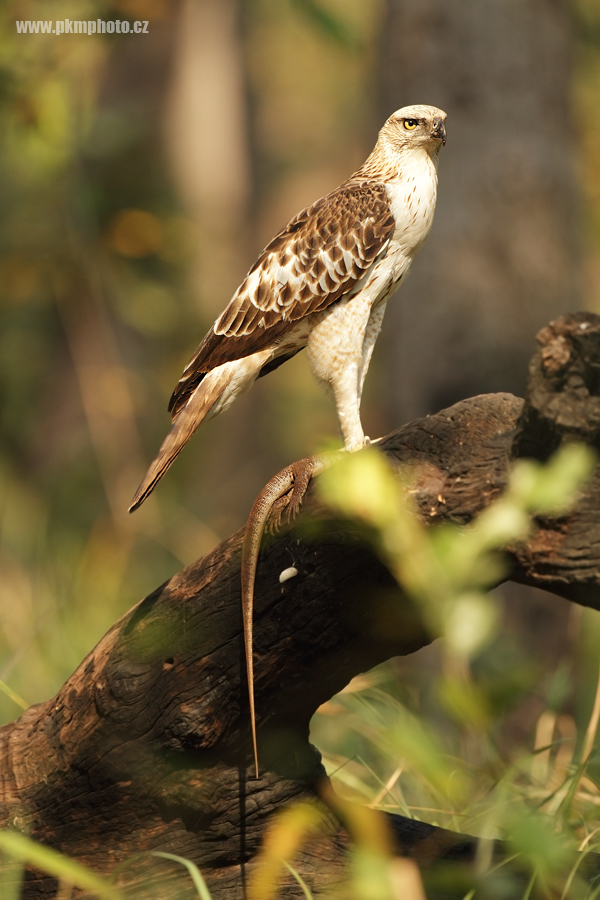
Through the day the chance of seeing birds and monkeys was bigger and we usually spent evenings at the river bank waiting for tiger or elephants.
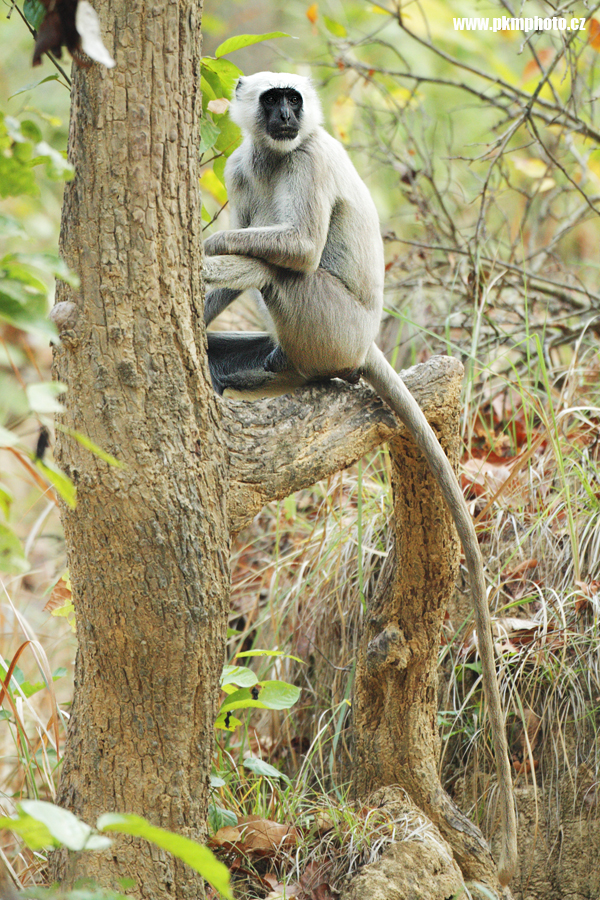
Another thing that can limit in the park is opening hours. The park is opened from the dawn until the dusk. So, almost every evening we had to “negotiate” with our guides to stay just a few minutes more. I completely understand it – it is to keep visitor safe. One evening we met a young and nervous elephant bull and we were really happy the jeep could quickly accelerate and leave the place 🙂
The sunset happens really early, around 6pm. And it happens really quickly, beautiful red light for about twenty minutes and over!

That’s all for now. In the next post I’ll try to write something about rhinos and elephants.
And here’s link to the post of my friend Jan.






2 Trackbacks
[…] V předchozím článku to bylo zejména o tygrech, tentokrát bych se rád zmínil o ostatních obyvatelích parku. […]
[…] Cesta do této země zanechala ve mě strašně moc dojmů a chci se tam vrátit. Potkali jsme tygry i slony, viděli i nepořádek v hlavním městě Kathmandu. V červnu jsme s holkami vyrazili […]